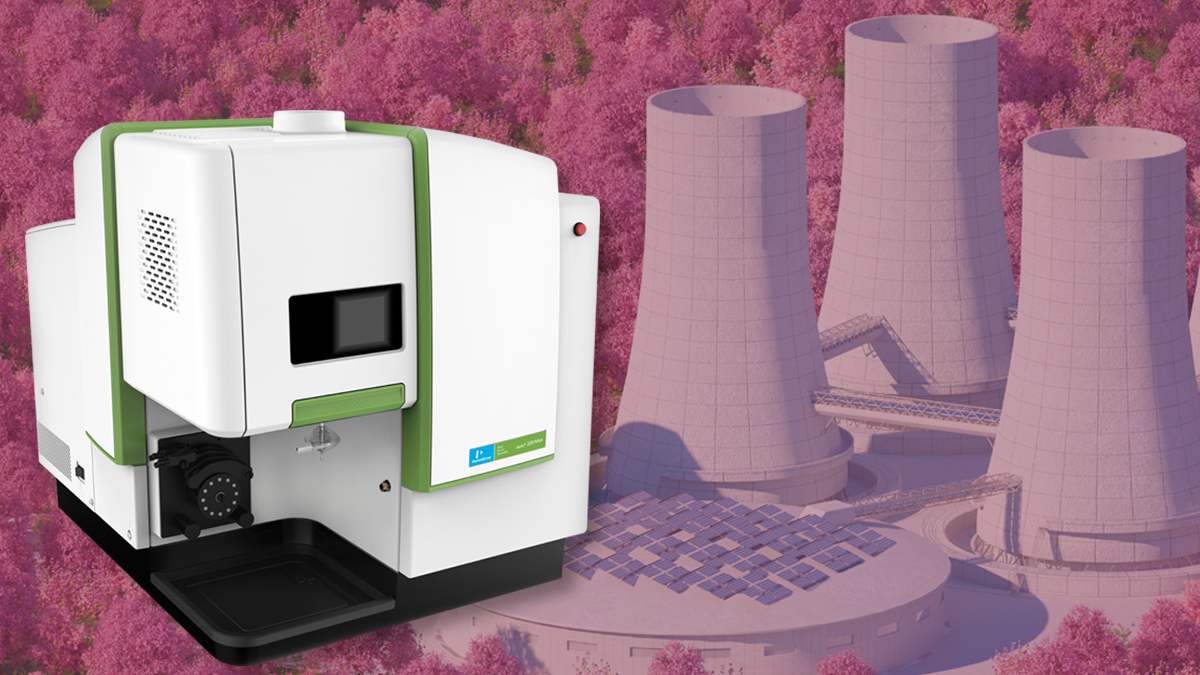The Green Energy Revolution Goes Nuclear
The push to reduce global warming has resulted in nearly 70 countries declaring carbon net-zero targets, with an aim to reduce 76% of global emissions. Some of the largest carbon generators – the European Union, China, and the United States among them – have joined net-zero initiatives, with the US announcing the ambitious goal of achieving carbon pollution–free electricity by 2035.1
To meet these global emissions goals, the energy industry worldwide will need to redirect resources from traditional energy sources, such as coal, into new green energy sources like wind, geothermal, and solar.
But are these traditional green energy sources’ outputs enough? Can they provide a constant energy supply to meet global energy demands consistently?2 These questions are driving the energy sector to find revolutionary approaches to achieving significant – and consistent – green energy production to meet global net-zero initiatives.
The Greening of Nuclear
To help ensure sustainable, large-scale energy production, large nuclear powerplants have dedicated significant resources to developing nuclear facilities that produce hydrogen for green energy applications.
Traditional nuclear powerplants consist of a reactor that heats water to the point of steam generation. The steam is then used to move turbines, which produces power through a generator. The clean electricity created by the nuclear reactor is then used to separate H2O into oxygen and hydrogen through a process called electrolysis. Electrolysis typically occurs in an electrolyzer, which functions like a fuel cell in reverse. Instead of using the energy of a hydrogen molecule, like a fuel cell does, an electrolyzer produces hydrogen from water molecules.
Once the water is electrolyzed using the nuclear power-generated electricity, the hydrogen can then be used as a clean fuel in a variety of applications – transportation, commercial and industrial, residential, energy storage, and more.3
The Importance of Water Chemistry in Green Nuclear Energy
In addition to turbines and nuclear reactors, nuclear energy production requires pipes and pumps that circulate water throughout the powerplant to facilitate steam generation, nuclear reactor control, and safety systems. The chemistries of the circulating water impact the health and functionality of the plant and require careful monitoring.
High-temperature and high-pressure water systems in nuclear plants are subject to corrosion. To monitor corrosion throughout the different systems in a nuclear plant, chemistry departments monitor elements such as iron, zinc, cobalt, nickel, chromium, and copper. The method of choice for this routine monitoring is ICP-OES analyses, a powerful tool that provides quick turnaround on the many samples taken throughout the plant, with low limits of quantification (LOQs) for Zn, Co, Ni, Fe, Cr, and Cu (approximately 1 ppb).
Iron Analysis
If a buildup of iron accumulates in the plant’s water and piping, the facility’s longevity and safety could be jeopardized. So filters are collected from the circulating water systems and digested with acid prior to running on technologies like an Avio 220 Max ICP-OES for the determination of iron transport concentrations.
Zinc Analysis
Monitoring zinc levels is needed to protect workers from excessive radiation. Zinc prevents radioactive cobalt-60 (Co-60) buildup, making zinc injections a powerful tool for lowering radiation levels. If zinc concentrations are above or below acceptable levels, it can be added or removed almost immediately. Technologies like the Avio 220 Max ICP-OES are needed for fast, reliable monitoring.
Nickel and Cobalt Analysis
Nickel can decay to Co-60, which increases the radiation levels at the powerplant. So limiting nickel and cobalt in the plant helps prevent Cobalt 60 formation.
Boron Analysis
In boiling water reactors (BWRs), an important safety system consists of a tank containing high concentrations of boron. A natural neutron poison, boron can effectively stop an ongoing nuclear reaction if other safety systems were to catastrophically fail. It’s a safety system of last resort, so monitoring boron concentrations in those tanks is crucial. Avio 220 Max ICP-OES technology allows accurate determination of boron concentration in those safety systems.
Analytical Considerations for Nuclear Powerplants
Nuclear powerplants need accurate instrumentation to analyze concentrations for a variety of elements at trace-level or higher concentrations. So the ability of newer ICP-OES technologies to enable fast and accurate monitoring of corrosion product concentrations is critical for analysis in various locations at a nuclear plant.
The Avio 220 Max ICP-OES, a cornerstone analytical tool for elemental analysis, is a preferred option in the nuclear energy industry due to its rapid analysis times, user-friendly software, and PerkinElmer’s great track record of service. With recent improvement to ICP-OES technology, analyses that previously required multiple instruments – an ICP, an ion chromatograph, a titrator, and so on – can now be performed on a single Avio 220 Max system. When multiple nuclear plant sites utilize the same instrument, methods, and training, operators can save a significant amount on operational costs.
Click to learn more about our analytical solutions in energy and renewables.
References
- “6 Shining New Examples of Integrated Photovoltaics (PV).” PerkinElmer Blog, blog.perkinelmer.com/posts/6-shining-new-examples-of-integrated-photovoltaics-pv/. Accessed 12 Jan. 2023.
- Regen Power. “What Are the Problems Faced by Renewable Energy?” Regen Power, 25 May 2021, regenpower.com/articles/what-are-the-problems-faced-by-renewable-energy/.
- Satyapal, Sunita. “Hydrogen: A Clean, Flexible Energy Carrier.” Energy.gov, 2017, www.energy.gov/eere/articles/hydrogen-clean-flexible-energy-carrier.

